
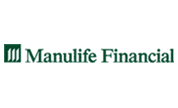

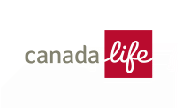



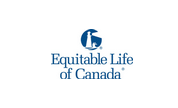
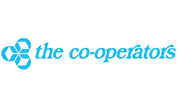
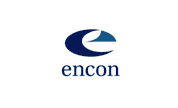

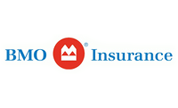


















Insurance is about risk sharing, the risk being an unexpected financial loss. The larger the group, the more predictable the loss and therefore the lower the risk. The lower the risk, the less there is a need for insurance.
The underwriting method refers to the assessment of risk for the purpose of pricing group insurance. When underwriting a group benefit plan, there are three major considerations:
The most common underwriting methods available are described below.
The underwriter, usually an insurance company, takes all the risk and charges a rate per unit of coverage. Under the pooled concept, the renewal rating will not be based on the experience of the plan, but rather in accordance with the overall results obtained by the insurance company in its pool, where several of the company's clients participate for a given type of insurance.
The pooled method of underwriting is used on types of insurance which are characterized by unpredictability, a low incidence of claims and a high claim level compared to the required premium. Benefits such as Group Life, Accidental Death & Dismemberment (AD&D) and Long Term Disability (LTD) have these characteristics and as a result are underwritten on a pooled basis.
The underwriter accepts all the risk and uses past claims along with demographics, trend factors and inflation factors to estimate future claims and arrive at a premium. The medical, dental, and short term disability benefits are generally underwritten on an experience rated approach. As the claims under these benefits are small in dollar amount and are incurred with relatively high frequency, their expected claim patterns are generally more predictable than Life, AD&D and LTD claims. Accordingly, premium rate levels at renewal can be assessed based primarily on a group's past experience. For small groups, only partial credibility is generally given to the claims experience. In these cases, the rates are in effect partially pooled as they are also based on the insurer's manual rates (average rates for a group of similar demographics within a similar industry).
The underwriter uses past claims along with demographics, trend factors and inflation factors to estimate future claims and arrive at a premium. If at the end of the financial year, premiums exceed costs, then the surplus can be used to boost reserves or refunded to the plan sponsor. If at the end of the policy year, costs exceed premiums, the deficit is collected through a premium increase. The underwriter risks being left with deficit if the policy is terminated. In terms of the renewal rating process, there is essentially no difference between a prospectively experience rated group and a retention group. The main difference between the two methods is the financial accounting process. Although a prospectively experience rated group is rated on its own experience, it is still pooled in that it does not share in the plan results. In contrast, a retention accounting group is rated on its own experience and also shares in its experience.
With an ASO plan, a third party provides claims paying services and charges for services provided. The cost can be budgeted and remitted monthly based on a level amount or according to volume of coverage. Alternately the cost of claims and charges can be billed to the plan sponsor monthly. Some benefits, such as hospital out-of-country and long term disability coverage are generally insured as claims for these benefits can be substantial. A "stop-loss" policy is also usually purchased to protect against other large health claims. The dental benefit is usually fully self-insured.
Expenses for an ASO plan vary considerably, but typically are as follows:
As the health benefit is mainly self-insured and the dental benefit is fully self-insured, the plan sponsor may save with an ASO plan when claims are low. However, the plan sponsor may incur higher expenses if claims are high as the plan sponsor is responsible for funding the payment of all claims (with the exception of those benefits which are insured and those claims that fall within the parameters of the stop-loss insurance). In other words, the plan sponsor is sharing in the risk.
The plan sponsor performs all administration functions including the payment of claims and accepts all risks associated with the benefit program. There is a potential issue relating to confidentiality under this type of arrangement as a result of the plan sponsor having access to the medical information of plan members. The fluctuation of claims decreases as the size of the group increases. Only very large organizations will even consider self-insuring their long term disability benefit. The risk of out-of-country and large non-recurring medical claims is often managed through pooling limits.
In order to reduce the volatility of the claims experience and the liability to a plan sponsor under a self-administered arrangement, certain claim payments may be insured. The underwriter charges a monthly premium per person or a percentage of claims as a pooling charge. Examples of claims that can be pooled under this type of arrangement include: